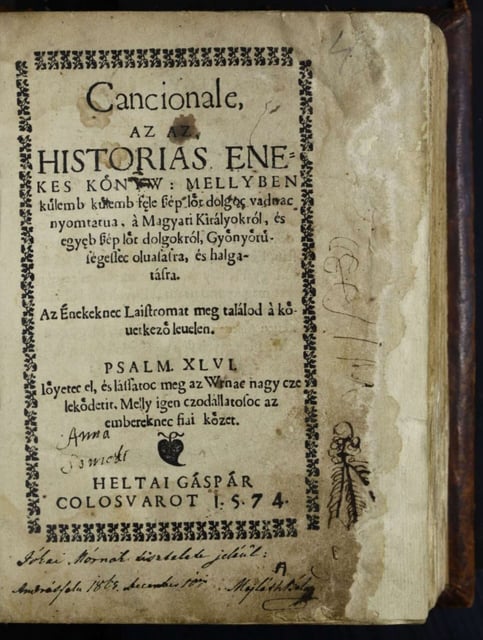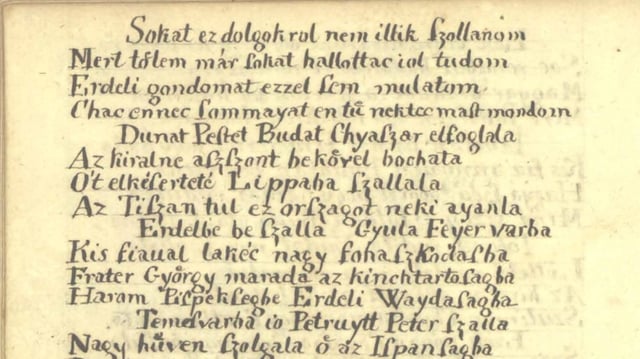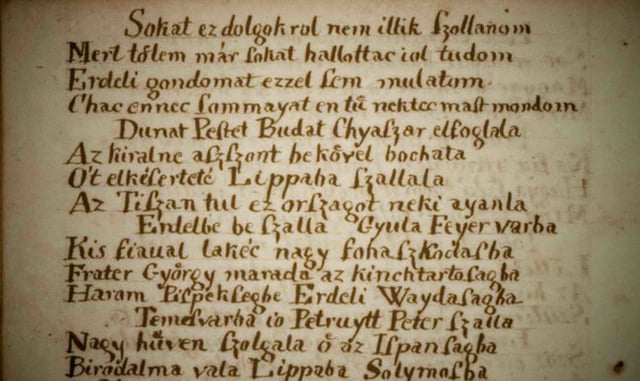Overview
- Researchers analyzed 500-year-old documents, including diaries and chronicles, to study the climate and its societal impacts in 16th-century Transylvania.
- The first half of the century experienced severe droughts and heatwaves, leading to famine, livestock deaths, and widespread desperation.
- The second half saw increased rainfall and flooding, with evidence suggesting the Little Ice Age may have reached the region later than Western Europe.
- Extreme weather events were linked to devastating consequences, such as famine, plague outbreaks, and locust invasions, which reshaped settlement patterns and infrastructure.
- The study highlights the value of historical records in understanding past climate variability and its implications for modern climate resilience strategies.


